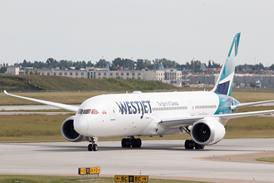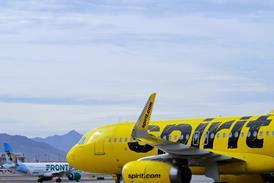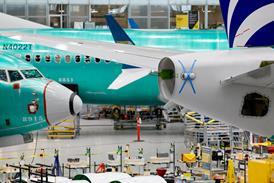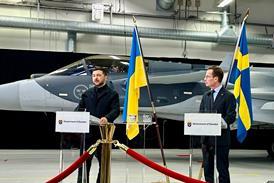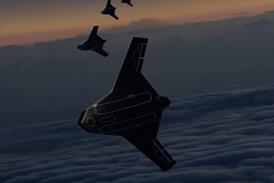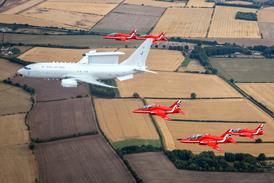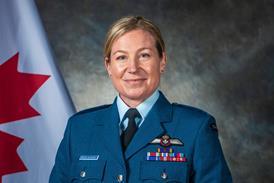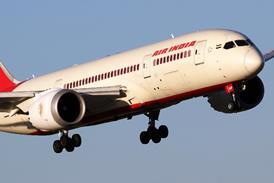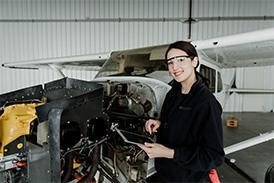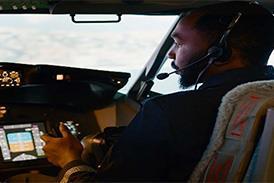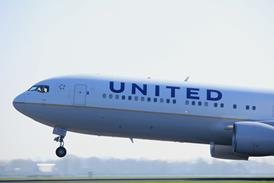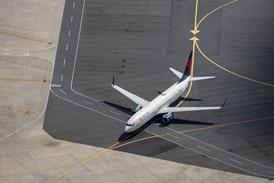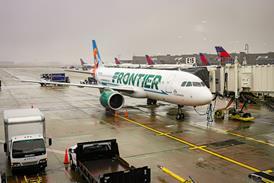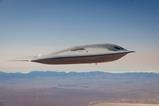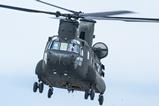Sikorsky’s newly unveiled fully autonomous UH-60 Black Hawk is ready for production.
Jim Taiclet, chief executive of Sikorsky parent Lockheed Martin, says not only is the pilotless Black Hawk variant ready from a technical perspective, the design is “ready to go into production”.
“We have a production design that we are going to be building the prototype for, and flying in a year or so,” Taiclet said during a 21 October call with investors.
Sikorsky revealed the S-70UAS U-Hawk earlier this month at the annual Association of the US Army (AUSA) conference in Washington, DC.
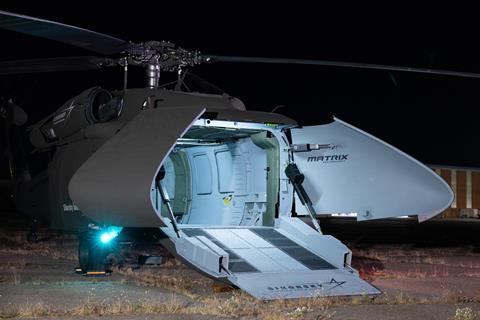
Although Sikorsky previously demonstrated the ability to modify a standard Black Hawk for both conventional and pilotless operations, the U-Hawk design goes further.
The demonstrator displayed the AUSA show – a modified UH-60L – has no cockpit, but rather an open cargo compartment and clamshell nose loading doors.
Unlike Sikorsky’s UH-60A Optionally Piloted Vehicle, which has been flying autonomously since 2022, the U-Hawk is designed to operate exclusively without pilots aboard.
“The modifications made to transform this crewed Black Hawk into a multi-mission payload UAS can be replicated at scale quickly and affordably,” says Rich Benton, general manager of Sikorsky.
The company previously said it plans to fly a U-Hawk demonstrator in 2026, backing up Taiclet’s statements.
Lockheed sees significant upside to the product, particularly as a means to squeeze more life from the US Army’s large fleet of older UH-60Ls. The army in May announced plans to retire those “Lima” models and to operate only newer UH-60Ms.
Data from fleet analytics firm Cirium says the US Army has 540 UH-60Ls in service, within a total Black Hawk fleet of more than 2,220 aircraft.
The US Army is the world’s largest single rotorcraft operator and largest UH-60 operator. With the service now seeking to modernise its fleet and make greater use of uncrewed assets, repurposing existing aircraft may prove an enticing and cost-effective option.
Taiclet says he has been pushing the autonomous Black Hawk concept for a few years and that the idea is now “starting to get traction” with Sikorsky customers, particularly for logistics and medical evacuation missions.
The Lockheed CEO reveals that the optionally piloted conversion would cost around $5 million per aircraft. He does not offer a price for the fully autonomous U-Hawk configuration.
“I think there will be some interest in the armed forces… because the contested-logistics environment is getting way worse instead of any better,” Taiclet adds.
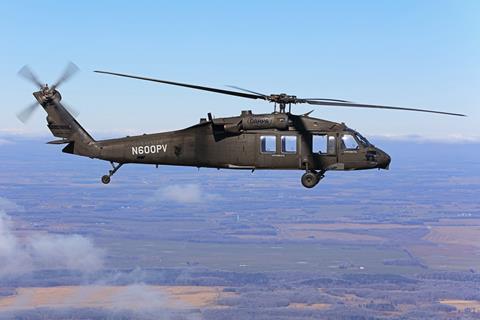
Sikorsky is in a transition period for the Black Hawk programme, which has been a staple of the company’s business for decades.
The manufacturer is negotiating with the US Army on the next multi-year production agreement for UH-60Ms, which is expected to cover the service’s final new orders for conventional Black Hawks.
That deal is expected to extend Black Hawk production until 2032, with a contract award projected for late 2026.
The agreement will also cover up to 255 aircraft for foreign military sales customers, which Sikorsky says are still expressing strong interest in UH-60Ms.
Sikorsky is also rolling out its new ”Nomad” family of uncrewed rotor-blown-wing aircraft to capitalise on surging interest in autonomous vertical-lift capability.


